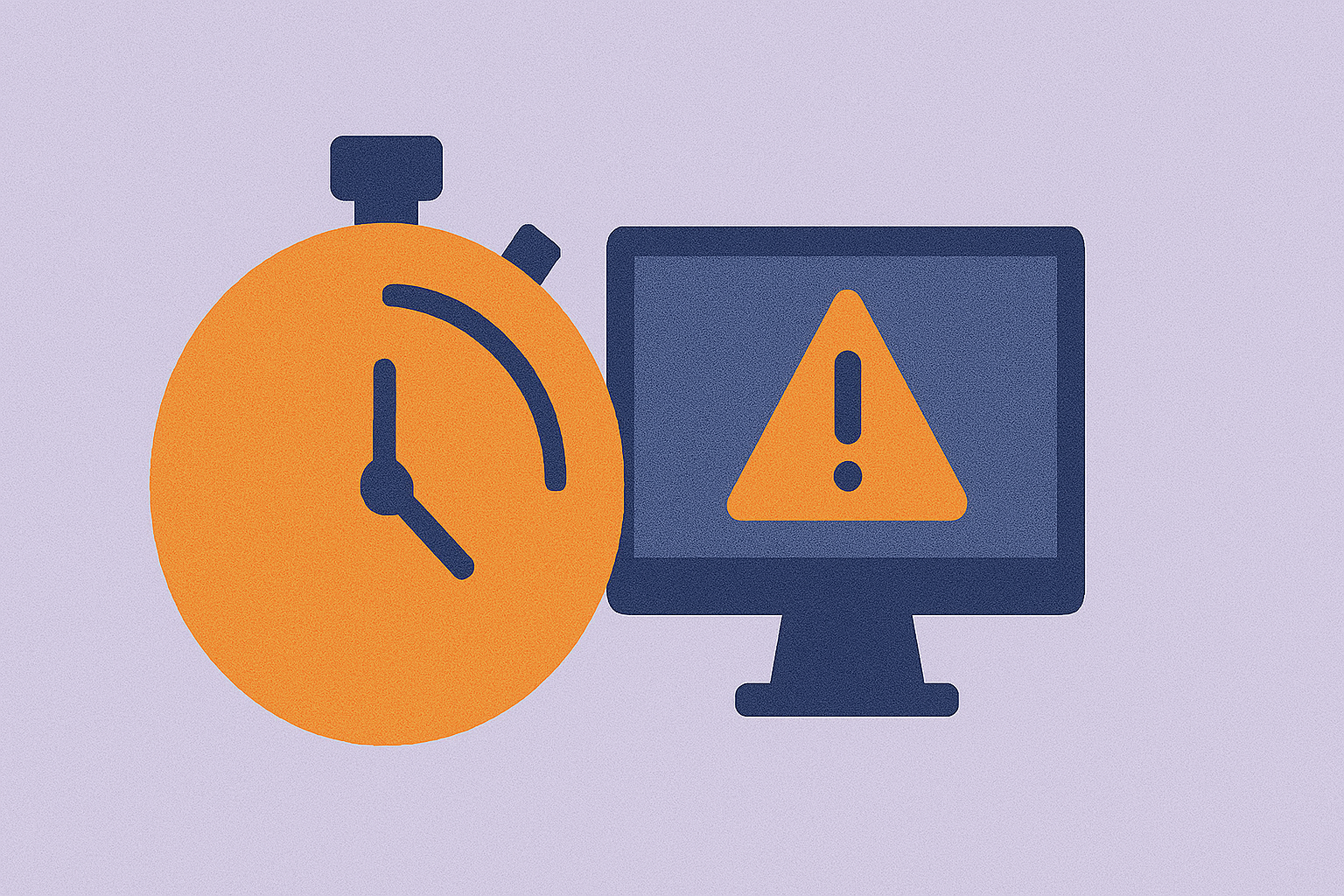Mean Time to Recovery (MTTR): Strategies to Minimize Downtime

1. What is Mean time to Recovery?
Today’s software systems are more complex and interconnected than ever, often spanning multi-cloud infrastructures, Kubernetes clusters, and microservices that communicate in real time. In this environment, mean time to recovery (MTTR) is a crucial metric for engineering and operations leaders who need to keep their systems up and runningeven under constant change.
MTTR Defined
- Mean Time to Recovery (MTTR): The average time it takes to restore service after an incident or outage.
- Alternative Definitions: In some contexts, “MTTR” can also mean Mean Time to Repair or Mean Time to Restore, but the core concept remains the samehow quickly your team can get systems back to a functional state.
In devops, reliability can be elusive, especially with frequent deployments, ephemeral containers, and globally distributed teams. This makes a strong emphasis on MTTR critical: even if failures happen, you minimize damage through swift recovery.
2. Why MTTR Matters: Business Impact and User Experience
Protecting Revenue and Reputation
- In an always-on digital economy, every minute of downtime can translate to lost sales, brand damage, and frustrated customers venting on social media.
- A reduced time to recover directly safeguards both top-line revenue and the trust you’ve built with users.
Maintaining High-Velocity Releases
- The modern mantra is “move fast without breaking things”or at least recover quickly when things do break.
- A low MTTR gives teams the confidence to deploy often, knowing they can rollback or fix issues before customers feel lasting impact.
Empowering Engineering Teams
- Frequent outages or drawn-out recoveries demoralize teams and hamper innovation.
- A short MTTR fosters a culture where engineers feel safe to experiment; if something fails, there’s a proven incident response plan to get back on track swiftly.
Resilience in Distributed Environments
- Today’s systems involve countless microservices, third-party APIs, and multiple deployment environments.
- A strong focus on MTTR ensures you can handle partial failures gracefully, isolating the root cause while preserving overall service integrity.
3. Best Practices: Incident Management, Postmortems, Runbooks
Incident Management in Real Time
- Centralized Alerting & On-Call
- Use tools like PagerDuty or Opsgenie to route alerts instantly to the right responders.
- Establish clear escalation policies: If the first responder can’t fix the issue within X minutes, the alert escalates to a more specialized team or senior engineer.
2. War Room vs. Virtual Collaboration
- Many teams still use a “war room” approach, but modern distributed teams increasingly rely on Slack or Microsoft Teams channels dedicated to incident response.
- Real-time collaboration fosters quick decisions and knowledge sharing.
Postmortems & Blameless Culture
- Postmortems
- Conduct blameless retrospectives immediately after incidents. Focus on the root cause, contributing factors, and next steps to prevent recurrence.
- Document findings in an accessible repository (Confluence, GitHub Wiki, etc.).
2. Continuous Improvement
- Assign owners for each follow-up action and track them until resolved.
- Iteratively refine runbooks and alerting thresholds based on lessons learned.
Resilience Testing
- Chaos Engineering (e.g., using Chaos Monkey): Intentionally inject failures into your system to evaluate the effectiveness of your recovery processes.
- Fault Injection & Load Testing: Identify potential single points of failure under high load or partial outages and refine your recovery playbook accordingly.
4. Measurement: Tracking and Dashboards
In today’s hyperconnected environment, observability is paramount. Knowing the right metricsand visualizing themcan help teams spot and resolve incidents before they escalate.
- Monitoring & Logging
- Tools like DevDynamics, Prometheus, Grafana, Elastic Stack (ELK), or Datadog collect real-time metrics and logs, presenting immediate insights into system health.
- Correlate logs and metrics to quickly isolate the root cause of an incidentlike a memory leak or a misconfigured service.
2.Distributed Tracing
- Implement solutions like Jaeger or Zipkin to trace requests across microservices.
- Pinpoint the exact service or API call that’s failing, accelerating time to recovery.
3.MTTR Dashboards
- Visualize how time to recover trends over weeks or months. You can do this by using the DORA metrics dashboard offered by DevDynamics
- Segment by service or environment to see which components consistently cause the longest outages.
4. SLOs and SLAs
- Define Service Level Objectives (SLOs) around MTTR. For instance, “Recover from P1 incidents within 15 minutes, 90% of the time.”
- Publish these objectives to stakeholders, aligning your organization on resilience goals that matter to the business.
5. Conclusion
Mean Time to Recovery (MTTR) has become a linchpin metric in today’s software worldespecially as systems move faster, become more distributed, and rely on near-instant responses. By embracing robust incident management, automated remediation, and continuous improvement, teams can shrink their time to recover from hours to minutes.
By prioritizing MTTR as a core KPI, engineering leaders not only shield the business from losses but also build a culture of resilience and continuous innovation. When downtime is measured in minutes (or seconds), you empower your teams to move at the speed of modern softwarewithout leaving your customers stranded.
Author’s Note: This post is part of our DevOps Metrics series, including change failure rate, deployment frequency, and lead time for changes all essential for software teams aiming to thrive in today’s dynamic, cloud-driven world.

